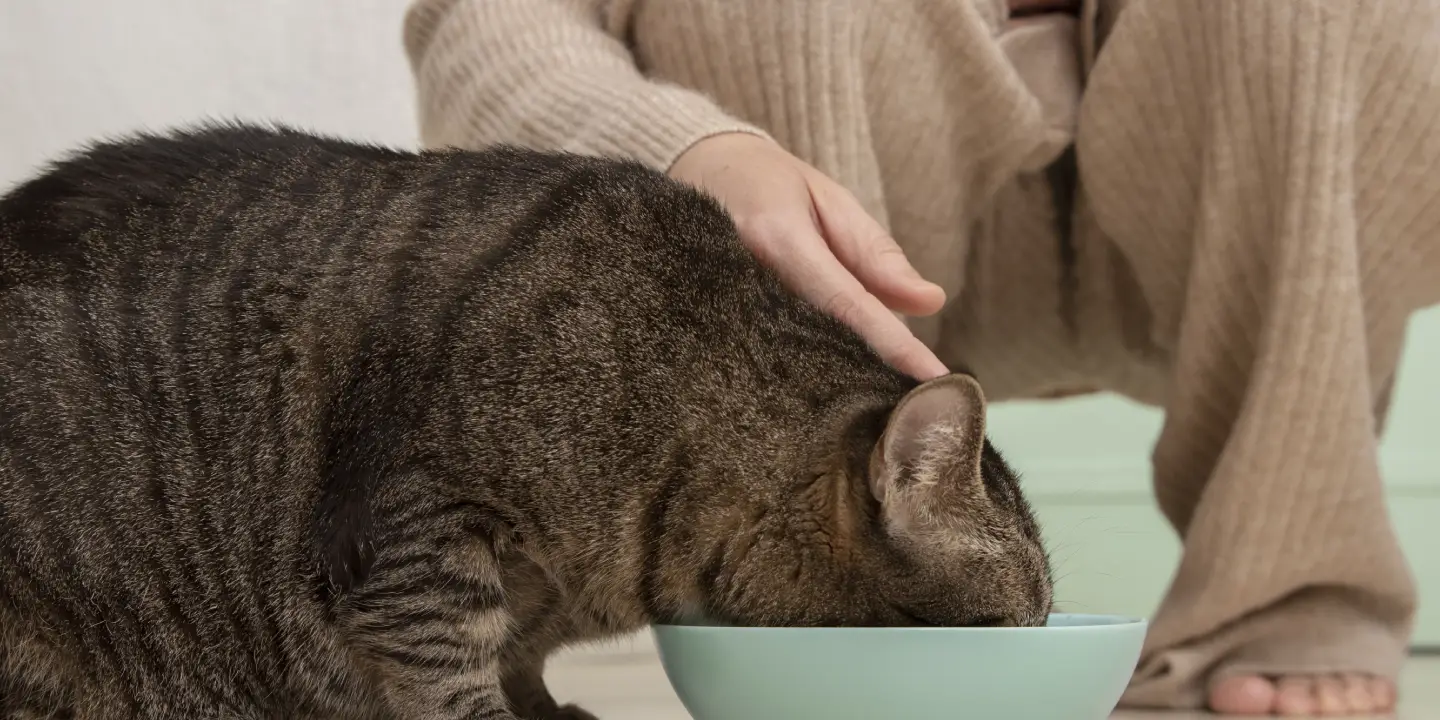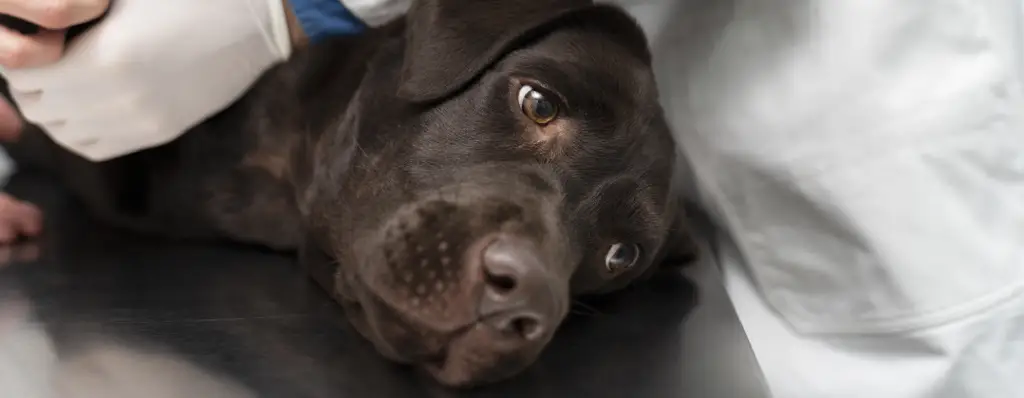Summertime brings warm weather and outdoor fun, but it also presents unique challenges for pet owners. As temperatures rise, so do the risks of heatstroke, dehydration, and sunburn for our furry friends. Yet, these aren’t the only summertime pet hazards to be wary of. The season also increases exposure to toxic plants, insecticides, and parasites like fleas and ticks, all of which can pose serious threats to pets’ health. Additionally, outdoor activities can lead pets to encounter hazardous substances such as antifreeze in parked cars, or even unexpected dangers from encounters with wildlife. It’s crucial for pet owners to be vigilant and take preventive measures to ensure their pets enjoy the summer safely. This article will explore the most common summertime pet hazards, offering practical advice on how to protect your pets from these seasonal risks.
Summertime is a season of fun and adventure, but it also brings specific risks for pets. As temperatures rise and outdoor activities increase, common summertime pet hazards can quickly become a concern for pet owners. From heatstroke and dehydration to toxic plants and pesky insects, the warm weather introduces a variety of dangers that can impact your pet’s health and well-being. Being aware of these risks and taking proactive steps to prevent them is key to keeping your furry companions safe. In this article, we’ll explore the most common summertime pet hazards, providing tips and solutions to ensure your pets can enjoy the season without unnecessary harm.
The hottest part of summer is upon us! Will your pet be safe until the weather starts cooling down a bit? Here, your Pacheco, CA veterinarian tells you about five of the most common summertime pet hazards to be aware of.
Heat and Humidity
Perhaps the biggest hazard in the summertime is the dangerously high heat and humidity. This can lead to deadly dehydration and heatstroke if pets are exposed to the elements long enough. Luckily, it’s easy to avoid the danger—provide plenty of cool, fresh water and a shaded outdoor spot at all times, and bring your pet indoors frequently.
The first signs of heatstroke include excessive panting, drooling, and lethargy, followed shortly by vomiting, diarrhea, and eventual collapse. If you notice any of these symptoms in your pet, don’t hesitate to act. Move your pet to a cooler area and call your veterinarian immediately.
Warm-Weather Pests
Fleas, ticks, mosquitoes, worms—all thrive in warm weather, posing significant summertime pet hazards. These pests eagerly await the chance to infest your pet. To prevent diseases and manage infestations effectively, use preventative medications, either seasonally or throughout the year. Consult your veterinarian for a pest control recommendation that suits your furry friend.
Swimming
Many dog owners like to take their canine companions swimming in the summer. This can be a lot of fun, but be sure to observe a few basic safety precautions. First, never stray far from your dog in the water, as not all canines are strong swimmers. Also be sure not to let your pooch drink from backyard pools, public lakes, streams, rivers, or ponds.
Parked Cars
Even on seemingly mild summer days, temperatures inside a parked car can rapidly climb to over 100 degrees Fahrenheit, turning it into a lethal environment for pets. Awareness of summertime pet hazards such as this is vital. You should avoid bringing your pet in the car unless they can accompany you indoors upon reaching your destination. Remember, leaving a pet in a hot car is not only dangerous but also illegal in numerous regions.
Hot Asphalt
Unlike us, animals don’t have rubber-soled shoes to protect their feet. Pets’ paw pads can easily be burnt by scorching asphalt, so avoid parking lots and blacktop driveways whenever possible.
Summertime Pet Hazards: Protecting Your Furry Friends from Seasonal Risks in 2025
How can pet owners protect their animals from sunburn?
Pet owners can safeguard their animals from sunburn by applying pet-safe sunscreen, especially to exposed areas like ears and noses. It’s crucial to choose a sunscreen that is specifically formulated for pets, as those made for humans may contain ingredients harmful to animals. For pets with thin or light-colored fur, additional protection can be provided by fitting them with lightweight sun-protective clothing. Limiting outdoor exposure during peak sun hours, typically between 10 a.m. and 4 p.m., also reduces the risk of sunburn for pets.
How should pet owners handle bee or wasp stings?
Pet owners should promptly address bee or wasp stings to mitigate discomfort and prevent allergic reactions. If the stinger is visible, remove it by scraping it out with a credit card, rather than using tweezers, which can release more venom. Wash the affected area with soap and water to reduce risk of infection. Applying a cold pack can alleviate swelling and pain. Monitor the pet closely for signs of an allergic reaction, such as difficulty breathing, severe swelling, or collapse, and seek immediate veterinary care if these symptoms occur.
What are the risks associated with swimming pools, lakes, and other bodies of water for pets?
Swimming presents specific hazards for pets, including drowning risks for dogs that aren’t strong swimmers. Owners should always stay close to their pets in the water to ensure safety. Additionally, pets might ingest harmful bacteria or parasites if they drink from natural water sources like lakes, streams, or ponds. Contaminated water can lead to gastrointestinal issues or more severe health problems. Observing safety measures and preventing pets from drinking from these sources can mitigate these risks.
What are the dangers of fertilizers and pesticides for pets?
Fertilizers and pesticides pose significant health risks to pets when ingested or when they come into contact with the skin and fur. These substances often contain chemicals that can lead to symptoms ranging from mild irritation, such as skin rashes and gastrointestinal upset, to severe toxic reactions, including organ failure or neurological damage. Pets may inadvertently ingest these toxins by licking their fur after walking through treated areas or by consuming plants or water contaminated with these chemicals. It’s crucial for pet owners to monitor their pets closely in environments where these substances are used and to consult a veterinarian promptly if exposure is suspected.
Which common summer plants and flowers are toxic to pets?
During summer, several common plants and flowers pose toxicity risks to pets. Lilies, for instance, are highly toxic to cats and can cause kidney failure. Sago palm, often used in landscaping, is dangerous for both dogs and cats, with ingestion leading to vomiting, diarrhea, and potentially severe liver failure. Azaleas can disrupt cardiovascular and nervous system functions, resulting in symptoms such as weakness and heart complications. Owners should ensure these plants are out of reach and consult their veterinarian immediately if they suspect their pet has ingested any toxic flora.
Would you like more helpful summertime safety tips? Give your Pacheco, CA veterinarian’s office a call today to find out more.







